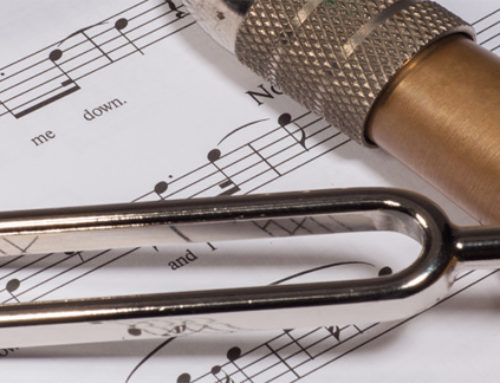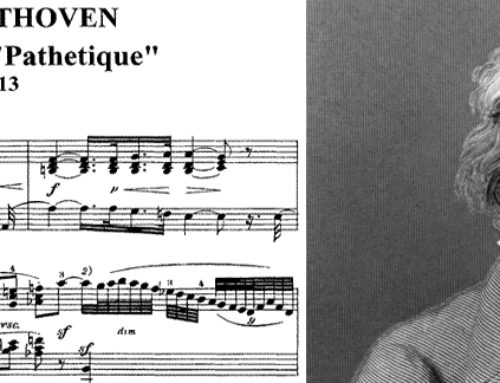Most people see a piano as one instrument, but it is one that has many components, such as the keys, pedals, and strings. With each component comes many small parts. The average piano has approximately 9,000 parts, each which must function properly for it to play well and sound great. Just as your piano must be tuned regularly to maintain its quality of sound, it also requires regulation to these parts.
Sometimes referred to as action regulation, piano regulation is the process of adjusting the playing or action parts of your piano. Think of it as the area between the keys that your fingers strike and the strings. Regulating your piano will keep it in good working order and prevent costly repair or damage caused by use or neglect. It also restores a consistent, smooth feel to the pedals and keys, making the instrument respond at its best.
Piano regulation is an intricate process that should be performed only by an experienced professional. With use, there will be settling and compression of your piano’s felt, metal, buckskin and wood. Piano regulation is the adjustment of these components. This adjustment involves precision, moving each part, tightening action screws, adjusting distance of hammer blow, leveling the height of all keys, adjusting both the key dip and the let-off, regulating the operation of the pedals and dampers, and lubricating the action parts for optimal performance. When complete, piano regulation returns the desired consistent touch and feel to every piano key. You may not know when your piano is need of regulation, but you will recognize an improvement after it is complete.
How often should your piano be regulated?
Settling and compression are due to several factors, but the amount of use a piano gets is one of the biggest. The more a piano key is struck, the more wear and tear it will receive. The degree of compression and settling is impacted by the amount of play. Other factors include the temperature of the room, the amount of humidity, and frequent fluctuations of both. The type of music that is played is even a consideration. It’s important to note that it is a process that occurs over time—in fact, it may happen so subtly and slowly that the musician doesn’t recognize a change in the instrument’s feel or performance. Obvious signs that piano is due for regulation include:
- Unlevel piano keys
- A weak (sometimes nonexistent) sound
- The keys have lost their feel and are difficult to strike
- Play is difficult and not spontaneous when keys are struck
- Notes play too long after the keys are released
- Repetitions become difficult
- Unusual sounds—squeaks, clicks, etc.
- Pedals that don’t function properly
Just like an automobile needs maintenance to run smoothly, the many moving parts of a piano are subject to wear. Think of piano regulation as the maintenance necessary for the working parts of your piano. Call Robert’s Piano Service for a piano regulation inspection to keep your piano feeling, responding, and playing at its best.
Click here to learn more about the services Robert’s Piano Services offer.
Call 408.375.3612 today for a free consultation to determine your piano’s needs and create a personalized tuning and servicing schedule based on your piano’s age, condition, usage, and environmental factors.
最好的钢琴技师
钢琴调音器
钢琴维修
钢琴检查
















